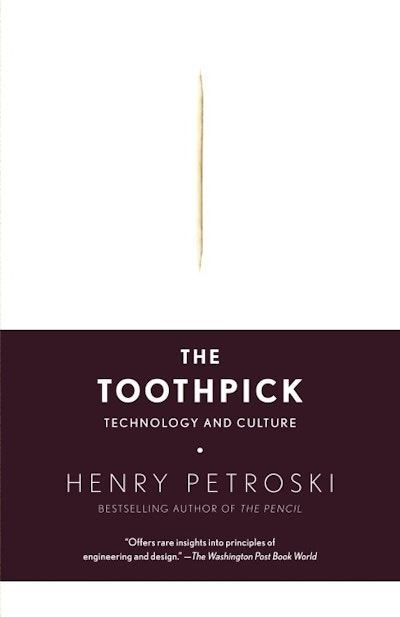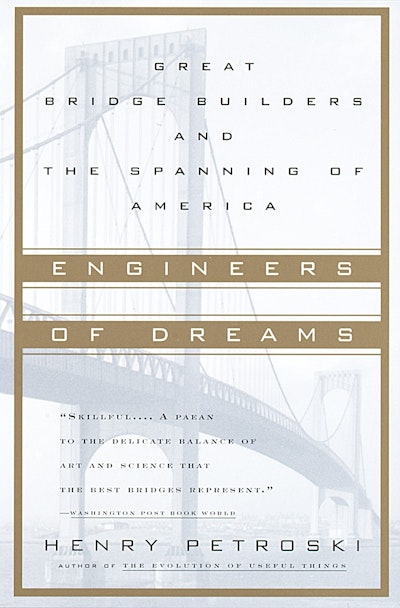[]
- Published: 15 December 2004
- ISBN: 9781400032938
- Imprint: Knopf US
- Format: Paperback
- Pages: 304
- RRP: $49.99
Small Things Considered
Why There Is No Perfect Design
Formats & editions
Buy from…
- Published: 15 December 2004
- ISBN: 9781400032938
- Imprint: Knopf US
- Format: Paperback
- Pages: 304
- RRP: $49.99
"[Petroski is] a keen observer of the made world and how people live in it. . . . Delightful. . . . Small Things Considered provides all sorts of penetrating and broadly interesting insights into the nature of [the design] process." --Scientific American









